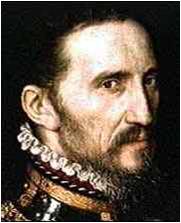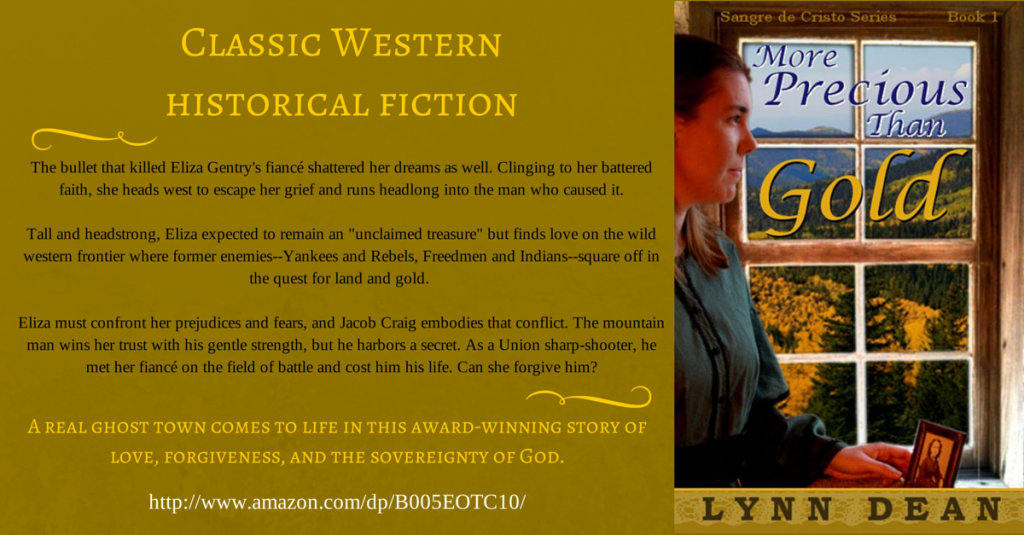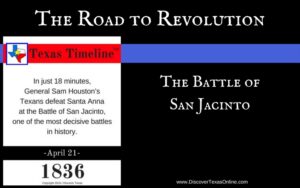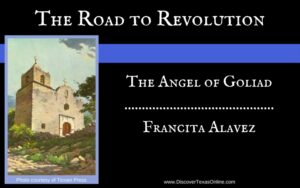On October 20, 1541, the Spanish explorer Francisco Coronado wrote in a letter to King Charles V of Spain, “I reached some plains so vast, that I did not find their limit anywhere I went, although I travelled over them for more than 300 leagues … with no more land marks than if we had been swallowed up by the sea … [T]here was not a stone, nor bit of rising ground, nor a tree, nor a shrub, nor anything to go by.” (Click here to read the entire letter.)
As is frequently the case in history, “the rest of the story” goes much further back and is much more interesting.
This story goes back before the Crusades to AD 711 when Muslims invaded Europe. In AD 714 they conquered Portugal, and story has it that seven Catholic priests fled for safety across the Atlantic to a land called Antilia (from which the Antilian Islands in the Caribbean were named).
Editor’s note: By this time you might be thinking, “Hmmm…the Muslims invaded Europe BEFORE the Crusades? So maybe the Crusades were Europe’s response to attack rather than an act of unwarranted aggression? And Columbus wasn’t the first guy from Portugal who tried to cross the Atlantic and landed in the Antilles?” Good! You’re thinking! 🙂 Back to our story…
These seven priests supposedly found seven cities of gold–the Seven Cities of Cibola. (And how would the folks back in Europe know? Did they come back or send letters home?) At any rate, later explorers found no such cities in the West Indies, so they thought perhaps the cities might be on the mainland. It was these cities that Coronado was looking for when he crossed the Great Plains and Texas’ Llano Estacado (“staked plains”). The grasslands went on seemingly forever, always the same. That “300 leagues” he mentioned is over a thousand miles! (A league is 3.45233834 miles.) To mark their progress east, Coronado’s men would face the sun in the morning and one of their Indian guides would throw a spear as far as he could in the direction of the sun. Then they would march to the red-flagged spear, counting their steps to gauge distance. As the day wore on and the sun moved higher, they could leave one man to mark their last position as they marched forward. That sentinel would become the second point that helped them march in a straight line.
And those Indian guides? My guess is that they knew there were no seven golden cities, but their own folklore told of ONE golden city called Quivera. It was this city they offered to help Coronado seek. The question is, did they do this because they were truly curious to see it themselves, or did they use the folklore as a ruse to lead the Spaniards further and further away from their own hunting grounds?





